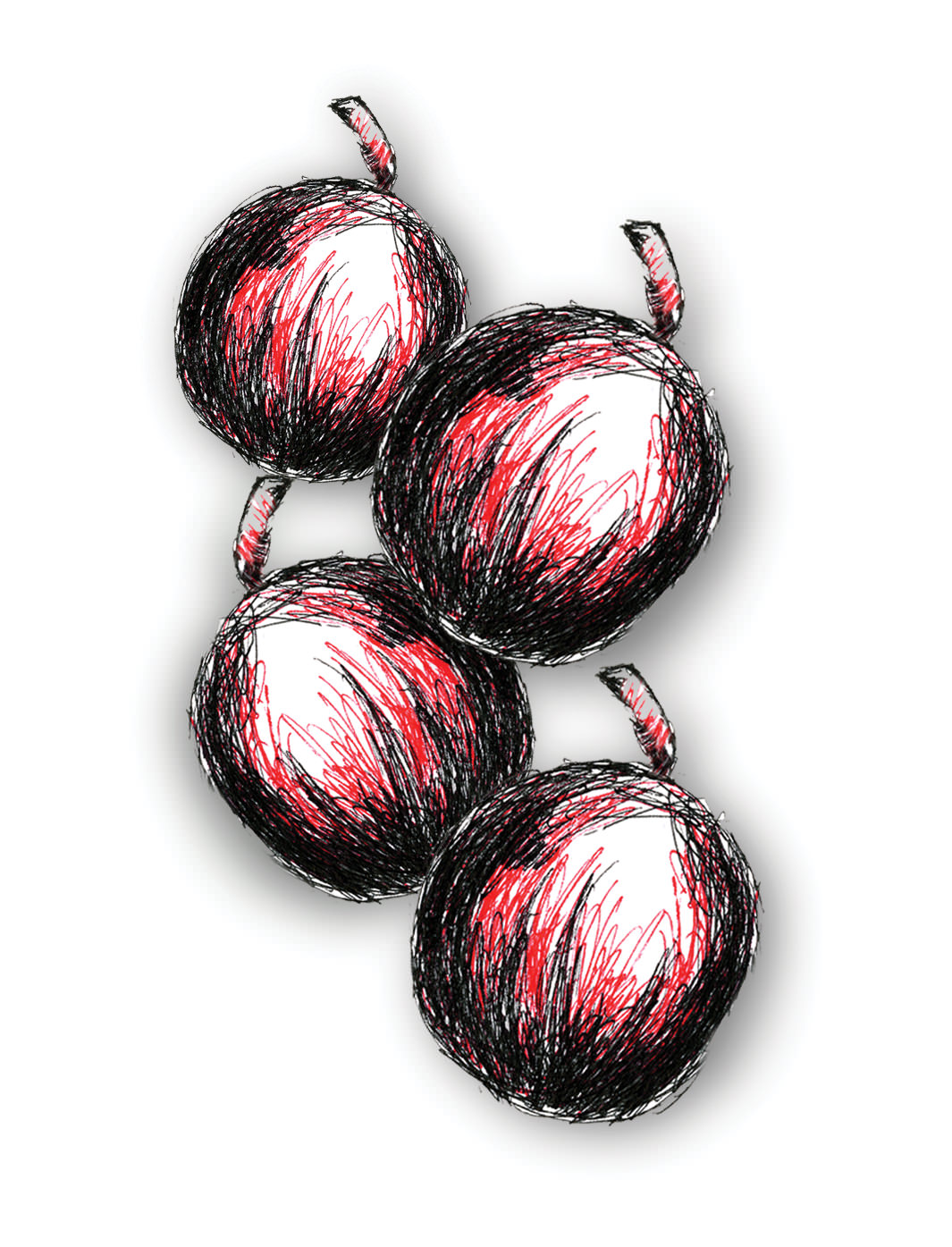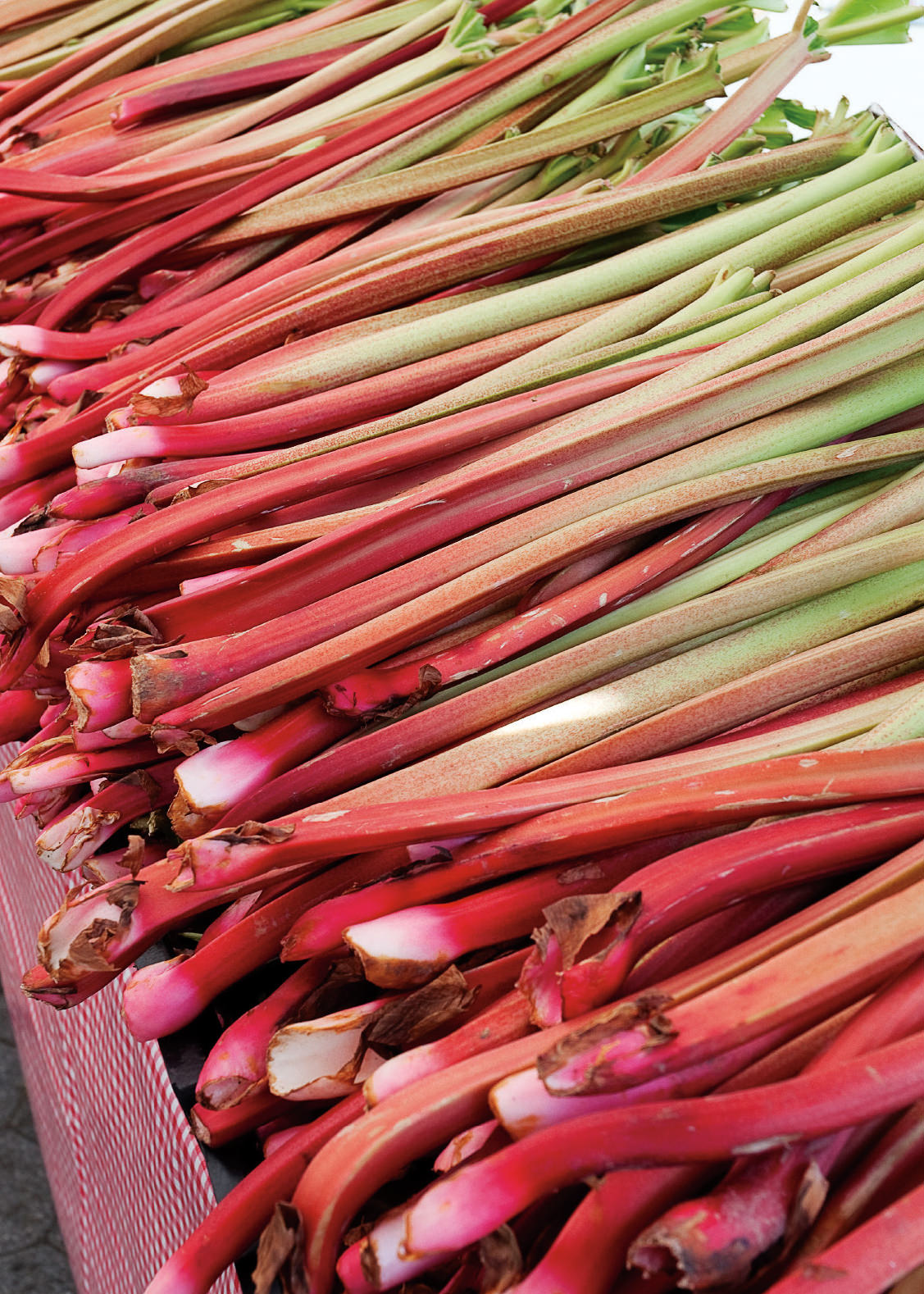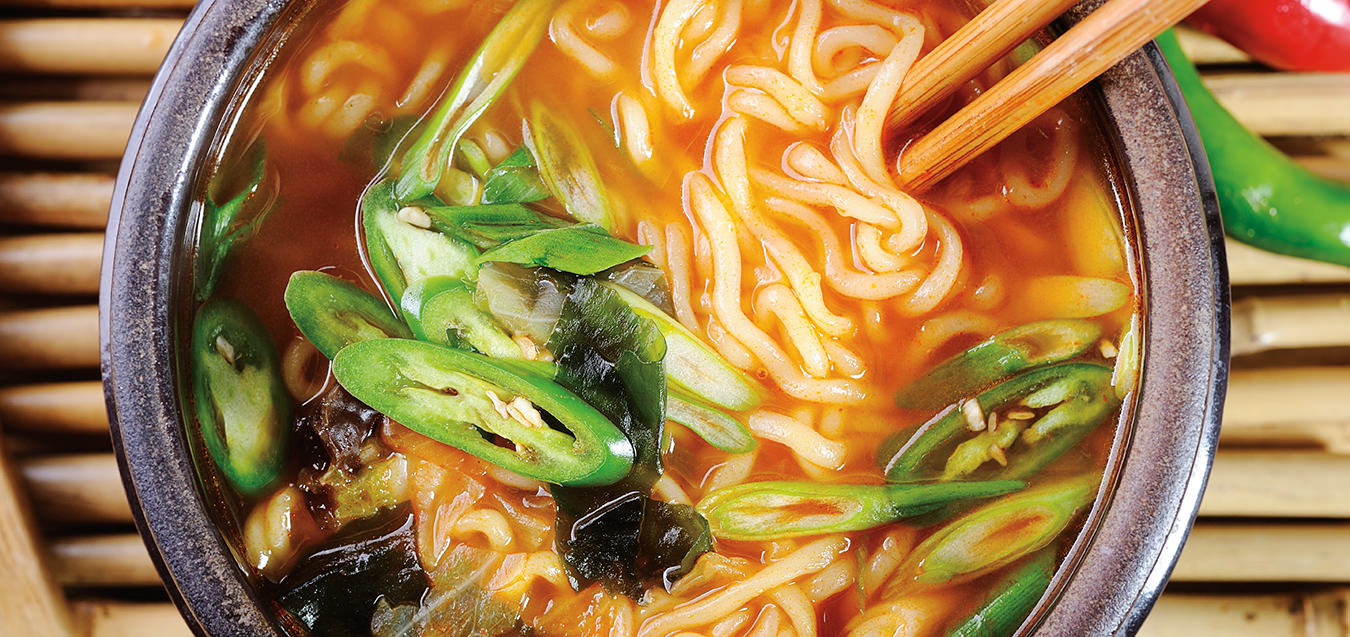Pepper
Black gold.

It has forged empires, spared cities from destruction, built and destroyed fortunes. It is piper nigrum, black pepper, the king of spices, the spice of kings.
As is the case with many a royal, the modern age has been less than kind to this monarch. In days past, pepper graced only the wealthiest tables in the realm. Not so today. Cheap transportation has brought tropical spices within the reach of every chef, while refrigeration has done away with the necessity of heavily-spiced food. It wasn’t always thus. In ancient times, the shrivelled black berries of the pepper vine were more valuable than gold. Pepper can do what gold cannot: make over-salted, half-rotten food al-most palatable. In the days before cold storage, surely this was something worth fighting for.
After Egypt fell to the legions, Rome secured a stranglehold on the spice trade in Europe. Such was Rome’s wealth in spice that when Alderic the Visigoth laid siege to the city in 408CE, one of his demands was pepper. Three thousand pounds of it. The city paid the hefty ransom and Alderic was satisfied, for a time. Alderic returned to sack the city two years later.
By the Middle Ages, pepper had become synonymous with wealth and power. In the centuries that followed the fall of Rome, the Venetians, the Portuguese, the Spanish, the Dutch, and the English all built empires on the back of the spice trade. And for all intents and purposes, pepper was the spice trade. On the streets of 17th century Europe, pepper sold for more than 600 times what it cost to produce. The original black gold.
It would not be so easy to build an empire on pepper today. The spice is cultivated across the tropics, from Vietnam to Brazil, but its home is still the Malabar coast on the western shores of India. Here, pepper vines are trained to creep up palms, betel, or most any tree that grows tall and straight. Soon after the monsoons, pickers follow the vine 12 to 15 feet up its host tree to pluck the berry clusters, which are then spread to dry in the tropical sun. Water from within the berry evaporates. Flavours concentrate.
Most of us are familiar with black pepper, the most common variety. There are others. To make white pepper, the berries are rinsed under running water, which encourages the outer skin to loosen and slip off. Without their skins, the berries assume a milder, more subtle flavour. Green pepper comes from the same plant. Like its cousin, it too is picked unripe, but from there it is pickled rather than dried. The result is a sharp, almost fruity flavour. Pink pepper-different species altogether, native to the new world.
Such a noble pedigree deserves better treatment. Grab that old shaker and pour out the grey, flavourless dust inside. Buy a mill, and crack some of the black berries over real bean vanilla ice cream. Call it a study in contrasts: black and white; fire and ice; heat and sweet. A dessert fit for a king.




